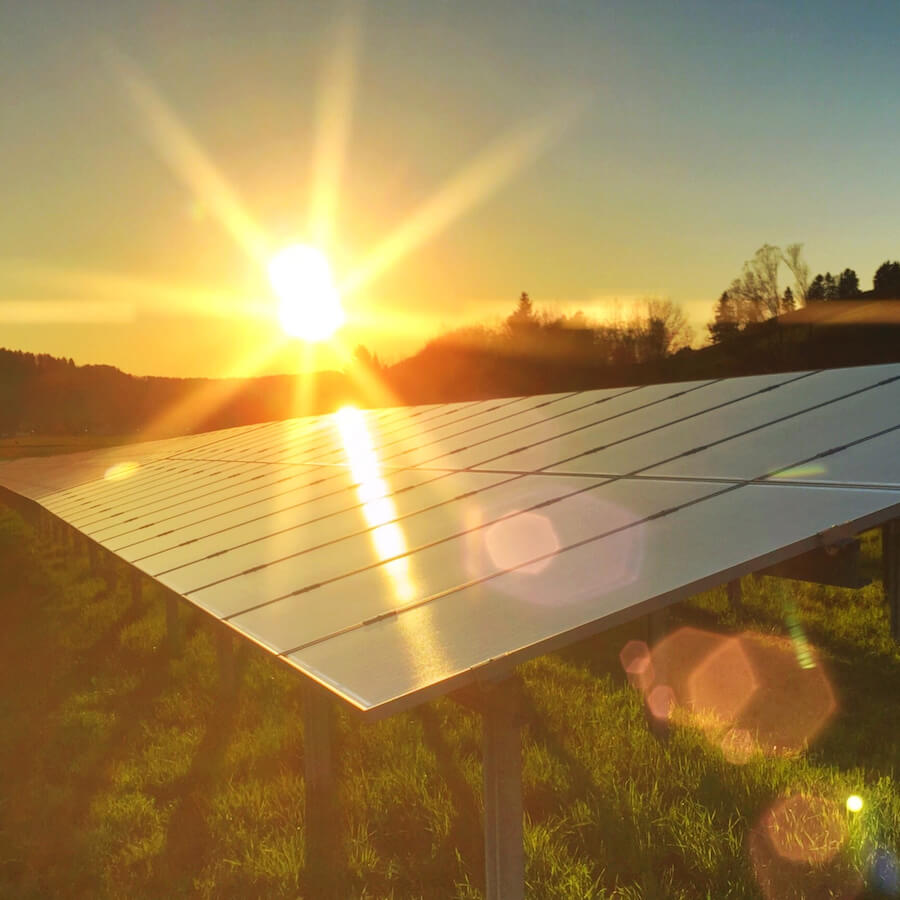In 2024, the global solar energy landscape is experiencing significant growth, with projections indicating a substantial increase in installed capacity and contributions to renewable energy generation.
Global Solar Capacity Installations
- Total Installations: The world is expected to install approximately 593 GW of solar capacity in 2024, marking a 29% increase from 2023. This follows an impressive surge of 87% in installations during the previous year.
- Current Data: By the end of July 2024, around 292 GW of solar capacity had already been installed.
Key Contributors to Growth
- China: Continues to dominate the global solar market, projected to account for 56% of new installations in 2024, with an expected total of 334 GW added. This represents a 28% increase over the previous year.
- Other Major Markets: The United States, India, Germany, and Brazil are also significant contributors, collectively responsible for about 75% of global solar additions. Notably, India’s installations have surged by 77% compared to the same period in 2023.
Interesting facts
- The solar market has seen remarkable growth, with an average annual increase of approximately 20% over the past decade. This surge can be attributed to the significant reduction in the costs associated with solar technology, coupled with robust government support.
- One of the most encouraging trends in solar energy is the dramatic decline in costs. Since 2010, the levelized cost of electricity (LCOE) for utility-scale solar has dropped by over 80%. As a result, solar power has become one of the most economical sources of new electricity in many regions.
- In 2022, global investments in solar energy reached around $250 billion. This influx of capital reflects the growing interest and confidence from both public and private sectors in the potential of solar technology.
- To further bolster solar energy development, numerous countries are implementing supportive policies. Initiatives such as feed-in tariffs, tax incentives, and renewable energy targets are encouraging investments and fostering growth in the solar sector.
- Solar energy plays a critical role in the global effort to transition to cleaner energy sources and mitigate climate change. It is essential for achieving the targets outlined in international agreements like the Paris Agreement, contributing to a sustainable future.
- The environmental impact of solar energy is significantly lower than that of fossil fuels, leading to cleaner air and a substantial reduction in greenhouse gas emissions. As the world continues to invest in solar energy, the potential for positive environmental outcomes grows even more promising.
Future Projections and Trends
- Long-Term Outlook: The International Energy Agency (IEA) of the US forecasts that solar PV will play a pivotal role in future renewable energy expansion. By 2030, solar PV is expected to account for a substantial portion of global electricity generation, potentially surpassing hydropower as the largest source of renewable power.
- Investment and Market Dynamics: The solar market is projected to grow at a compound annual growth rate (CAGR) exceeding 20% from 2021 to 2026, driven by declining installation costs and supportive government policies.
Conclusion
The data for 2024 indicates a robust trajectory for solar energy globally, with significant contributions from leading countries like China and India. As investment continues and technology advances, solar power is set to become increasingly integral to the world’s energy mix, supporting broader goals for renewable energy adoption and carbon neutrality.

